Peru is opening up a little-known alternative to Machu Picchu with a new road and cable car
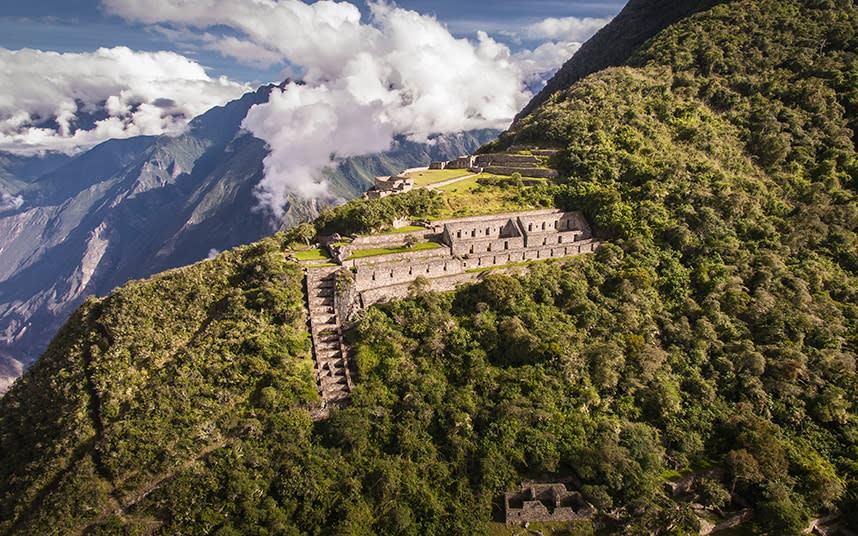
Choquequirao - an Inca settlement less than 40 miles from Machu Picchu and known as a “sacred sister” to the popular site - could soon be vying for visitors with the opening of a new road and cable car.
With a similar architectural structure to the famous Machu Picchu citadel, which attracts 1.2 million tourists each year, unsung Choquequirao, which dates back to the 15th and 16th centuries, is currently accessible only to those willing to make a five-day hike. Therefore it receives far fewer visitors – only a dozen a day, or around 5,800 a year.
But Bloomberg reports that the Peruvian government is hoping to change that with a new road connecting it with Machu Picchu and cable car to take tourists to directly to the ruins, which sit at 3,050 metres above sea level.
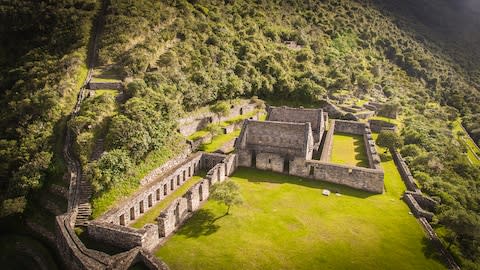
The new infrastructure would allow tourists to explore the stairways, terraces, plazas and temples that form the hilltop complex, spanning 1,800 hectares, as part of a trip to its more famous neighbour.
“The hike is exceptionally beautiful, but it’s tough,” said Roger Valencia, the country’s deputy tourism minister, and a former tour operator and guide who has done the journey himself about 20 times. “We’ll put in the roads and the cable cars to make it accessible.”
The $80m (£60m) investment scheme pledged by the country’s president Pedro Pablo Kuczynski to develop Choquequirao forms part of the government’s initiative to double the number of tourist arrivals to Peru to seven million by 2021.

The government has yet to confirm the expected completion dates for the new roads and cable cars. But it is hoped the project, expected to start next year, will bring 150,000 visitors a year to Choquequirao, increasing to at least half a million a year in the long term.
Officials have already begun developing other lesser-known sites such as Kuelap - known as the “Machu Picchu of the north” - where a new cable car system built earlier this year is expected to draw 100,000 tourists a year, double the number that previously visited.
New walking routes to Machu Picchu and plans to allow tourists better access to the surrounding mountain range are also on the cards.
But any increase in visitor numbers could also result in the deterioration of the Lost City of the Incas. Earlier this year, Peruvian authorities placed new restrictions on visits to Machu Picchu in an attempt to lessen the impact on the country's most popular attraction, requiring tourists to purchase tickets for access within two time slots: either the morning (6am-midday) or the afternoon (midday-5.30pm).
“Peru should be thinking about other regions, other trails, other sites, both Inca and non-Inca - such as Moray and the Huaca del Sol - and looking to reduce the overall visitor numbers to Machu Picchu,” said Chris Moss, Telegraph Travel’s Peru expert.
“More boots on the ground will lead to deterioration of the steps and walls, lawns and footpaths, and probably a need for more vigilance and protective ropes.”
Seven other ancient sites in Peru
1. Chan Chan
The adobe city of Chan Chan is the largest earthen architectural complex in the Americas, spanning 20 square kilometres at the mouth of the Moche Valley in northern Peru.
Chan Chan means “sun sun” and it was named for its sunny climate which is cooled by a southerly breeze year-round. Its dense city centre is home to extravagant architectural masterpieces known as ciudadelas, featuring plazas, staterooms, and burial places for royals.
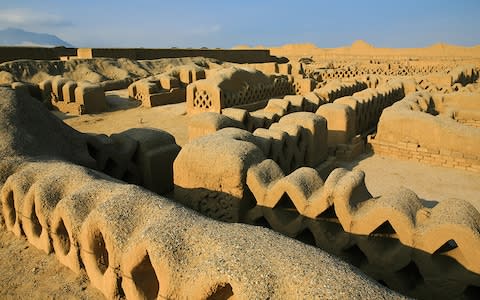
2. Kuelap
Crowning a 3,000-metre hilltop and surrounded by cloud forest, the huge walled site deserves a visit and is often called Peru's “Machu Picchu of the North”. It is now easier to get to, thanks to a new cable car that opened in March this year.
Built around AD800, it is found near the town of Chachapoyas in a rural region that does not receive many visitors. It was once home to the Chachapoyan people, known as “cloud warriors” by the Incas - up until a few years ago, archaeologists were still pulling human remains from among the ruins of conical houses and hibiscus trees.
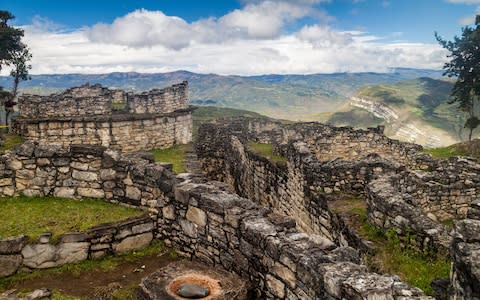
3. Chavín de Huantar
The Unesco-listed site, which pre-dates the Incas and features narrow tunnels and impressive engravings, is found in the Ancash region, north of Lima. Chavín de Huantar, which dates back to 3000BC, served as a ceremonial centre for religious activities and contains artefacts, relics and ruins from around 1200BC.

4. El Paraiso
Built around 4,000 years ago, El Paraiso is the oldest archaeological site near Lima and described as the “largest and earliest example of monumental architecture in the New World”. It was a religious and administrative centre long before the rise of the Inca culture encountered by the Spanish conquerors.
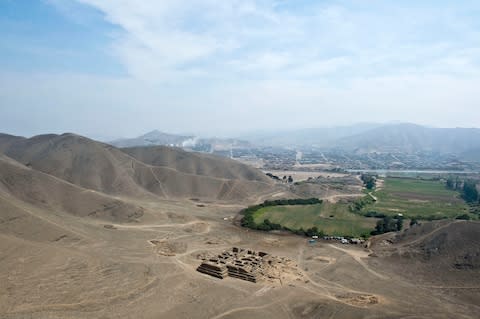
5. Cajarmarca
“Cajamarca is a colonial town sprawled across a mountain plain at an altitude of 9,000 feet,” explains Telegraph Travel's Nigel Richardson. “In 1532, the Inca king Atahualpa was captured in Cajamarca by the Spaniard Francisco Pizarro. All that remains of the palace is that room, in a side street off the main square. Of classic Inca design, it is the size of a double garage and consists of large blocks of stone with trapezoid niches set in the walls," explains Telegraph Travel's Nigel Richardson.
“It is known as the Cuarto del Rescate, the Room of Ransom, because it was there that Atahualpa reached his hand above his head, touched the wall, and promised to fill the room with gold and silver up to that line, in return for his freedom.”

6. Caral
Richardson adds: “During the 20th century, Caral was just one among many unexplored ancient sites dotting the coastal strip between Lima and Peru's border with Ecuador in the north. But in 2000, carbon dating of a bag woven from plant fibres proved that the 163-acre site had been built between 3000BC and 2100BC, making it the oldest civilisation on the continent of the Americas and contemporaneous with the pyramids of Giza in Egypt.
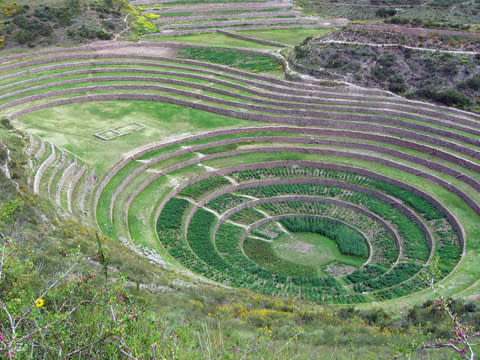
“Pyramids, circular plazas, a round altar and strange monoliths have been revealed since. One of the greatest finds so far has been a set of 32 flutes made of pelican and condor bones and decorated with images of supernatural beings.”

7. Moray
This Inca site, not far from Cuzco, features unusual ruins in a series of circular terraces, the largest of which is around 30 metres (98 feet) deep.
Found at 3,500 metres, the temperature difference between its bottom and top levels can be as much as 15C, which has led researchers to believe the complex was used for agricultural testing to measure the effects of climate conditions on crops.


